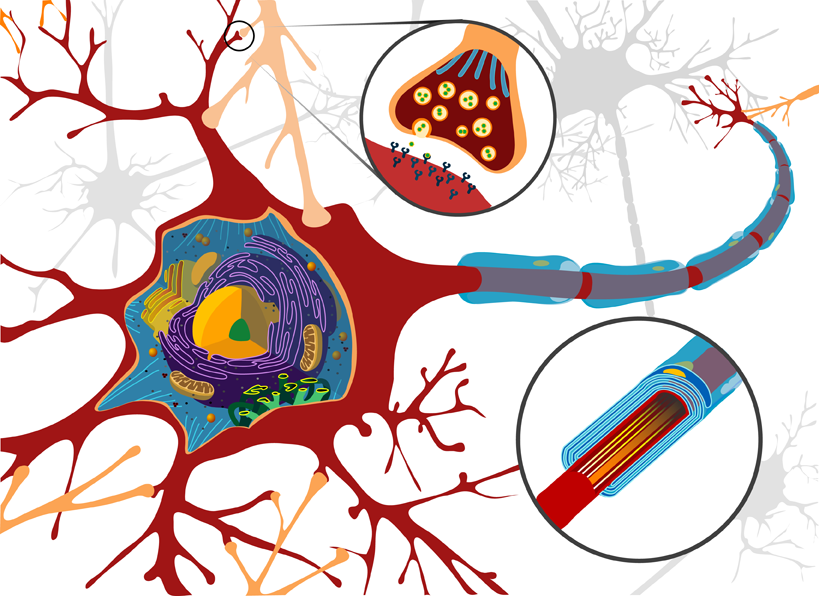
What is neurodegeneration?
Neurons are the cells that build the nervous system, which includes the brain and the spinal cord. Contrary to other types of cells, like blood or skin cells, the neurons don’t have the ability to replace themselves. So, as we grow old, we loose neurons as a consequence of aging and exposure to trauma and other factors. Sometimes this process speeds up and scales up in intensity, causing more neuronal death than normal and it is what experts call neurodegeneration. This state can affect both our movement capacity and our mental functioning, leading us to develop a neurodegenerative disease.
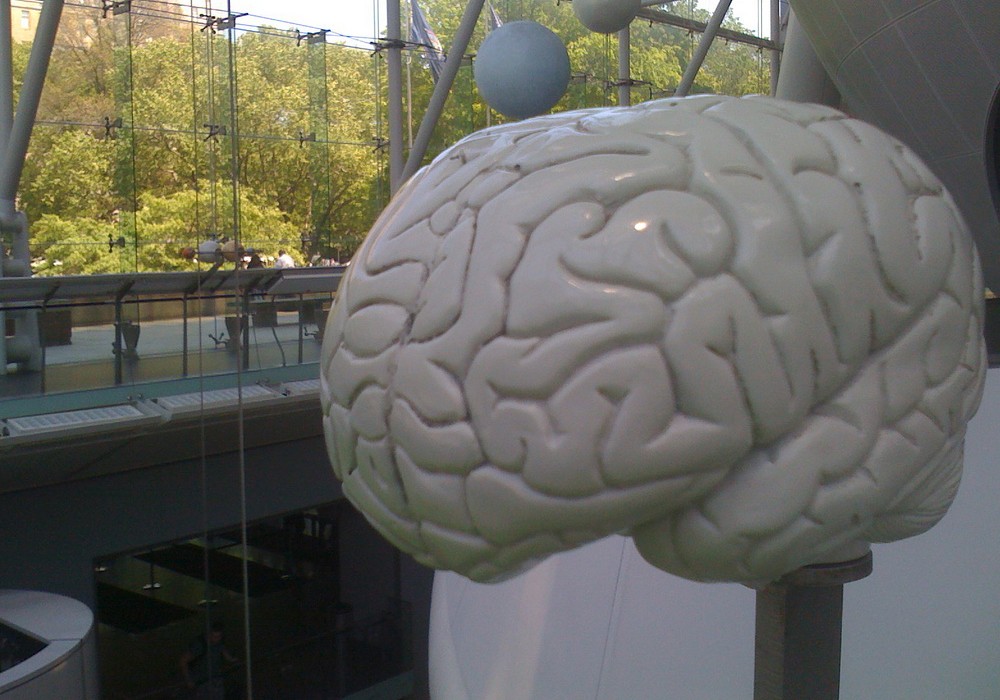
What causes neurodegeneration?
There are several factors that can cause neurodegeneration. Experts have been studying its causes for years and still don’t know what triggers the chronic neuronal death and when does it start. The main risk factor for developing a neurodegenerative disease is age, but other environmental and genetic factors have also been linked to these disorders. For example, exposure to certain toxics present in pesticides might have something to do with the development of Parkinson’s disease. Also, some genetic mutations are responsible of certain types of dementias and movement disorders. In the end, neurodegeneration is nowadays considered a multifactorial health issue.
- Important notification about information and brand names used in this slideshow!
- Photo courtesy of Brad Aaron by Flickr : www.flickr.com/photos/30653902@N05/2873781520/
- PRZEDBORSKI, S., VILA, M. & JACKSON-LEWIS, V. 2003. Neurodegeneration: what is it and where are we? J Clin Invest, 111, 3-10.
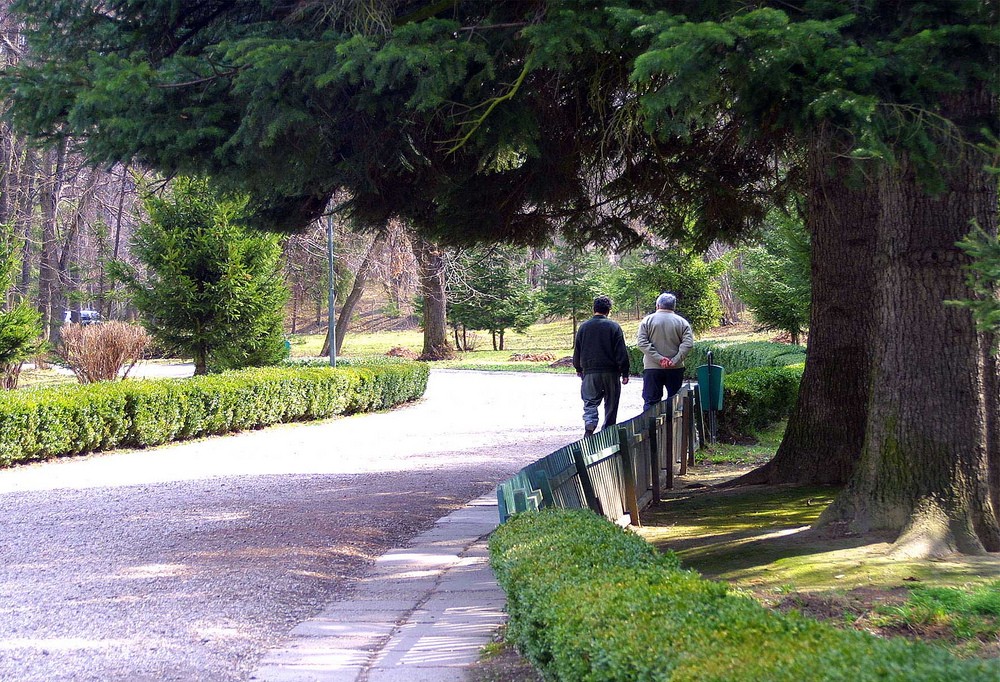
Trying not to forget: Alzheimer’s disease and dementias
Dementia is a general term used to refer to a group of symptoms that include loss of memory and confusion. Alzheimer’s disease is the most common type of dementia and it is known to interfere with the patient’s daily life to the extent of making him or her dependent of others. What causes this type of neurodegeneration? Dementia is linked to several causing factors: from a stroke to genetic mutations that produce abnormal brain proteins that cause damage to healthy neurons. Patients are usually over 50 or 60 years old when they are diagnosed with dementia, however it is known that the neuronal damage starts earlier in life.
- Important notification about information and brand names used in this slideshow!
- Photo courtesy of Smanatha Ing by Flickr : www.flickr.com/photos/alzheimerhelp/6921658363/
- http://www.alzheimers.org.uk/site/scripts/documents_info.php?documentID=100 http://www.alzheimersresearchuk.org/dementia-information/?gclid=CLGF-9nlm7wCFQflwgodbmUAWw http://www.alz.org/alzheimers_disease_1973.asp
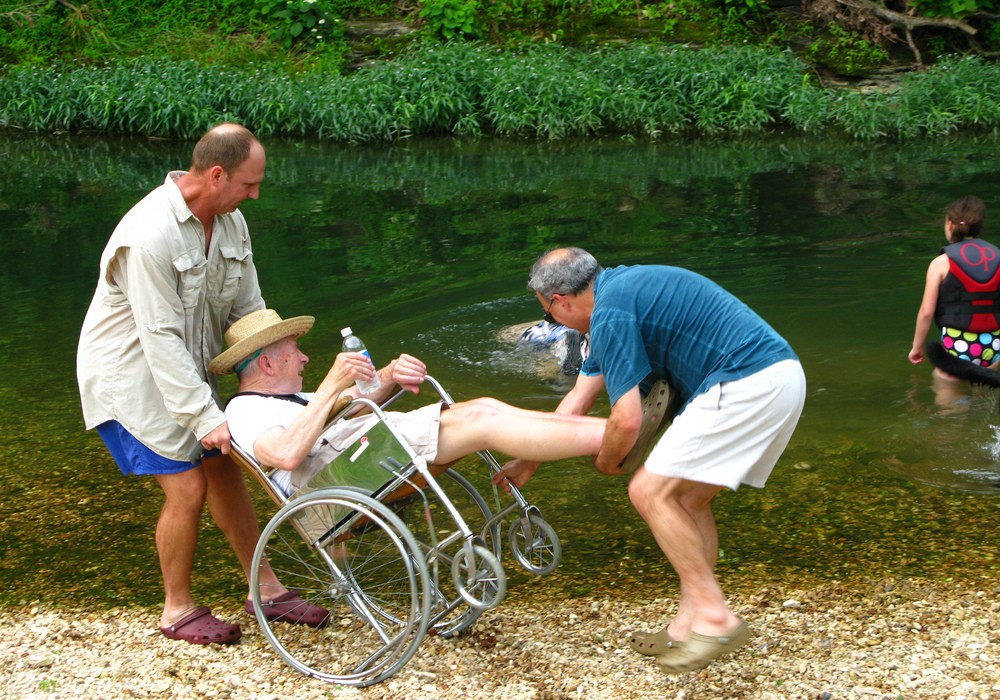
Dopamine shortage: Parkinson’s disease
Dopamine is the brain chemical that controls the neurons in charge of body movement. Normally, we have certain levels of dopamine in our brain that allow us to move and stop moving whenever we wish to. In Parkinson’s disease, the neurons that produce dopamine start dying, causing a lowering in the levels of this brain chemical. As a result, these neurons are no longer able to send messages to the muscles and control body movement. Patients that suffer from Parkinson’s start loosing the ability to move, making it difficult for them to walk and even blink and swallow. They also experience uncontrollable tremors at some point.
- Important notification about information and brand names used in this slideshow!
- Photo courtesy of OakleyOriginals by Flickr : www.flickr.com/photos/oakleyoriginals/4718715766/
- http://www.ncbi.nlm.nih.gov/pubmedhealth/PMH0001762/ http://www.nlm.nih.gov/medlineplus/parkinsonsdisease.html
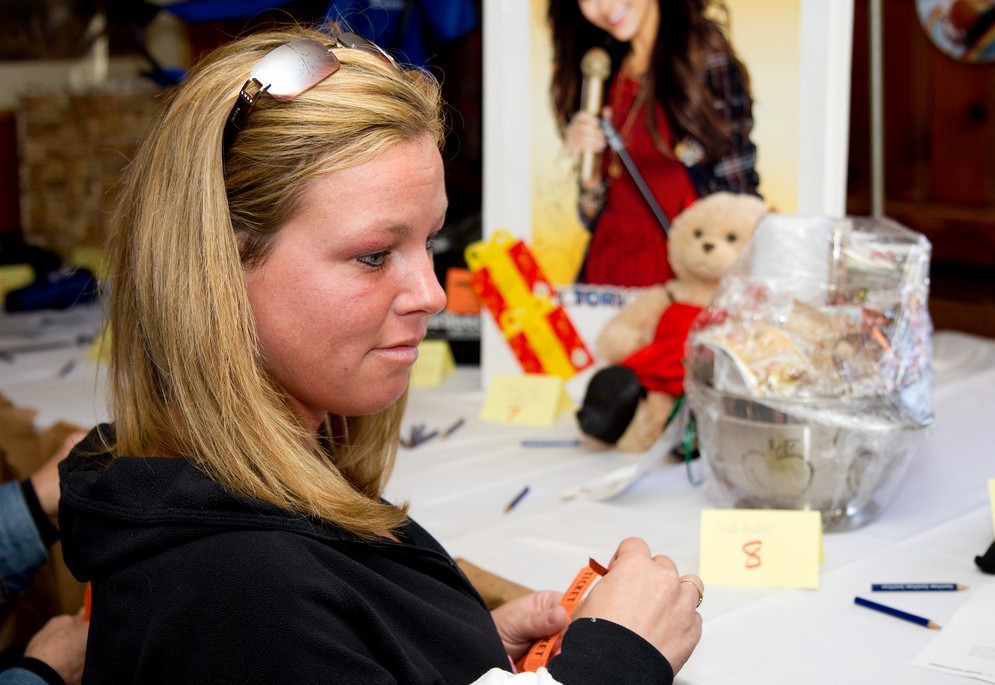
Loosing movement: Huntington’s disease
Contrary to other neurodegenerative disorders, it is very well known what causes Huntington’s disease. It occurs as a consequence of a defect in chromosome 4, which passes down through families. If your dad has Huntington’s disease, you have a 50% change of having the defective gene and developing it too. Degeneration of neurons in certain areas of the brain causes both problems in movement and intellectual faculties. It also affects the patient’s emotions causing from mood changes to psychosis. There is no cure for Huntington’s disease, or treatment to slow down the disease. Because of this, the life expectancy after the diagnosis is of 15 to 20 years.
- Important notification about information and brand names used in this slideshow!
- Photo courtesy of APC Events by Flickr : www.flickr.com/photos/apcevents/5675951672/
- http://www.ncbi.nlm.nih.gov/pubmedhealth/PMH0001775/ http://www.ninds.nih.gov/disorders/huntington/huntington.htm
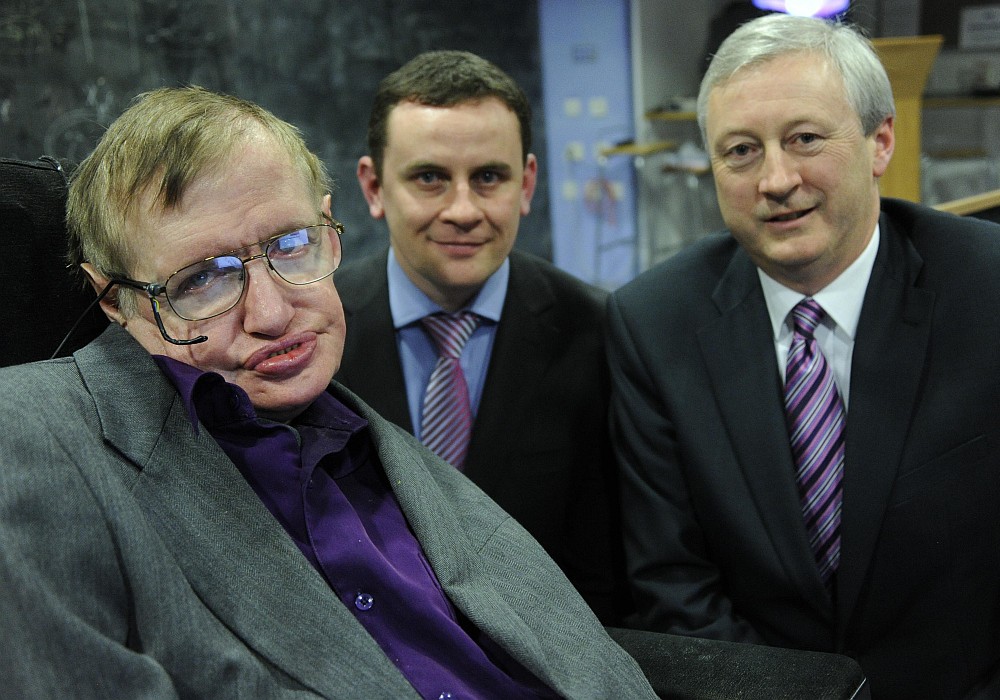
Amyotrophic lateral sclerosis or ALS
ALS or Lou Gehrig’s disease belongs to a group of disorders known as motor neuron diseases. Motor neurons are the ones that are affected by this disease and are located in the brain and spinal cord. They control the movement of voluntary muscles, such as your arms and legs muscles. Because the communication between the motor neurons in the brain, spinal cord and muscles is disrupted, these last ones gradually loose strength and waste away, until the patient can no longer move his or her body. As the disease progress, patients also loose the ability to control their respiratory muscles and have to rely on ventilator support to breath.
- Important notification about information and brand names used in this slideshow!
- Photo courtesy of Intel Free Press by Flickr : www.flickr.com/photos/intelfreepress/8406010307/
- http://www.ninds.nih.gov/disorders/amyotrophiclateralsclerosis/detail_ALS.htm#244954842 http://www.nlm.nih.gov/medlineplus/amyotrophiclateralsclerosis.html http://www.alsa.org/about-als/what-is-als.html
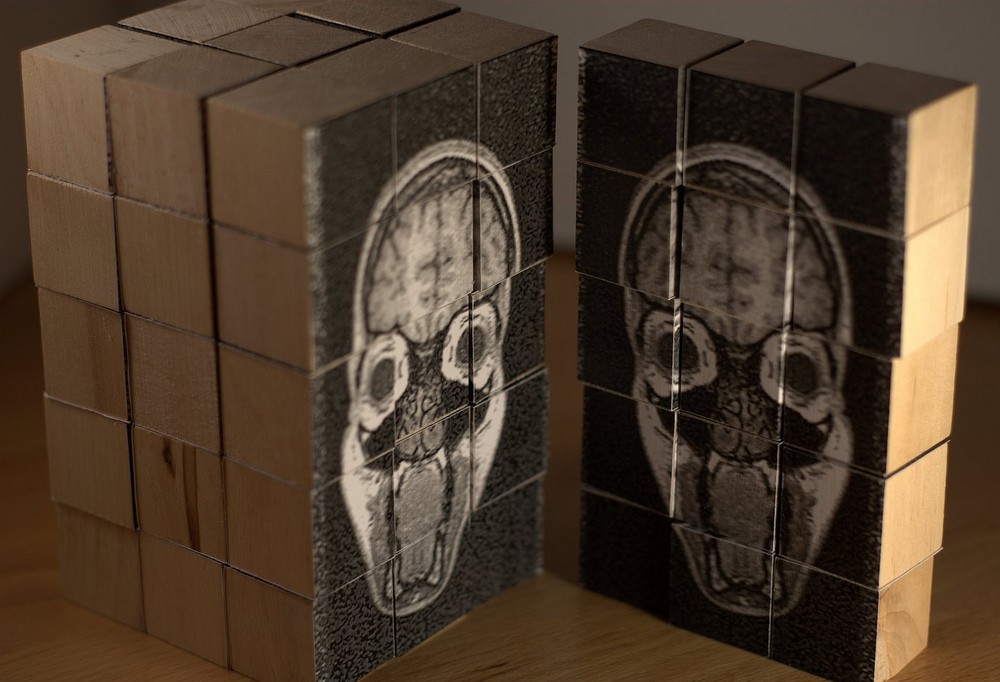
When your body attacks itself: Multiple sclerosis
Just like a wire is coated with a layer of an isolating material, like plastic, neurons are coated with a layer of myelin. Myelin allows electric impulses travel through the neurons in order to deliver messages to or from the brain to the rest of the body. What happens in multiple sclerosis is quite interesting. The immune system of the patient doesn’t recognize its own myelin and attacks it as if it was a strange and dangerous substance. Because of this, myelin is damaged and the communication between neurons is disrupted: short-circuits start happening. Symptoms vary, depending on the area of the brain that is affected, but they include vision problems, muscle weakness and memory problems.
- Important notification about information and brand names used in this slideshow!
- Photo courtesy of Stephen Hampshire by Flickr : www.flickr.com/photos/stephenhampshire/3228537001/
- http://www.nlm.nih.gov/medlineplus/multiplesclerosis.html http://www.mssociety.org.uk/what-is-ms/information-about-ms/about-ms
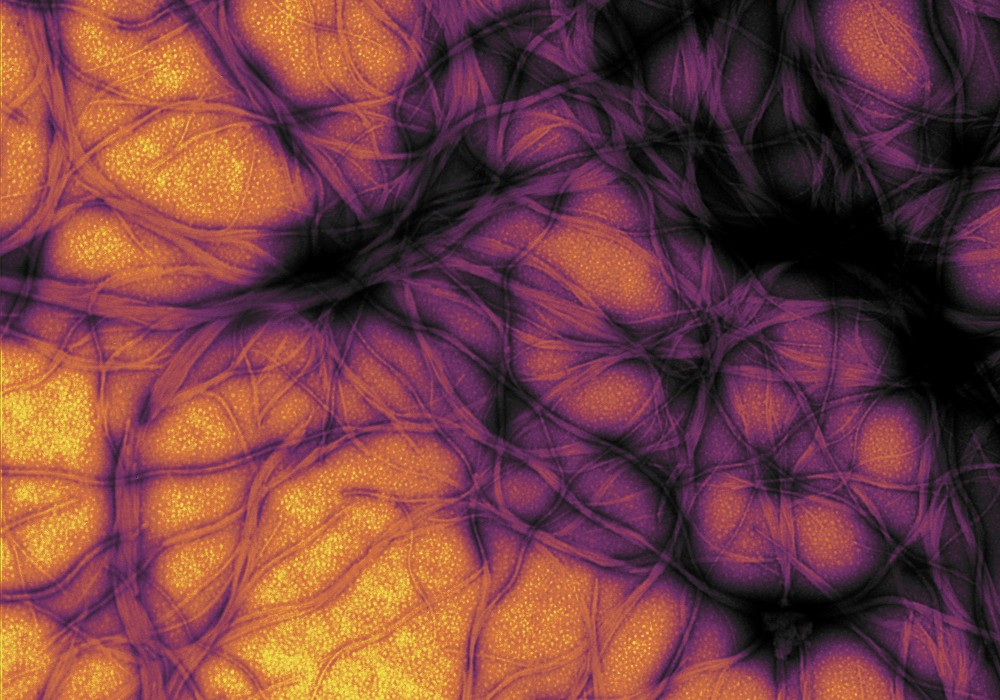
Strange agents attacking your brain: Prion disease
Prion diseases are a group of neurodegenerative disorders that can affect both animals and humans. They are extremely rare and in most cases, they are sporadic, meaning that they appear for no reason at all. Prion diseases are caused by transmissible agents known as prions; these pathogenic agents are able to alter the normal structure of certain brain proteins. These abnormal proteins accumulate in the brain and cause irreversible damage. Patients with prion disease often experience mental alterations such as abrupt muscle movements. This disease is often fatal, as it progresses very quickly and there is no cure for it.
- Important notification about information and brand names used in this slideshow!
- Photo courtesy of NIAID by Flickr : www.flickr.com/photos/niaid/8656058266/
- http://www.ncbi.nlm.nih.gov/books/NBK1229/ http://www.prion.ucl.ac.uk/clinic-services/information/prion-disease/ http://www.cdc.gov/ncidod/dvrd/prions/

Another movement disorder: Spinocerebellar ataxia
As its name says, spinocerebellar ataxia refers to a group of disorders that occur due to a degeneration of spinal and cerebellar neurons. But what does exactly happen to these patients? Affected neurons that normally control muscle movements are damaged causing patients to loose motility mainly in arms and legs. Most of ataxias are inherited, but they can also be acquired after a stroke or as a consequence of another neurodegenerative disease, like multiple sclerosis. There is no cure for inherited ataxias but patients get treated to slow down the progression of the disease and strengthen their muscles before they completely atrophy.
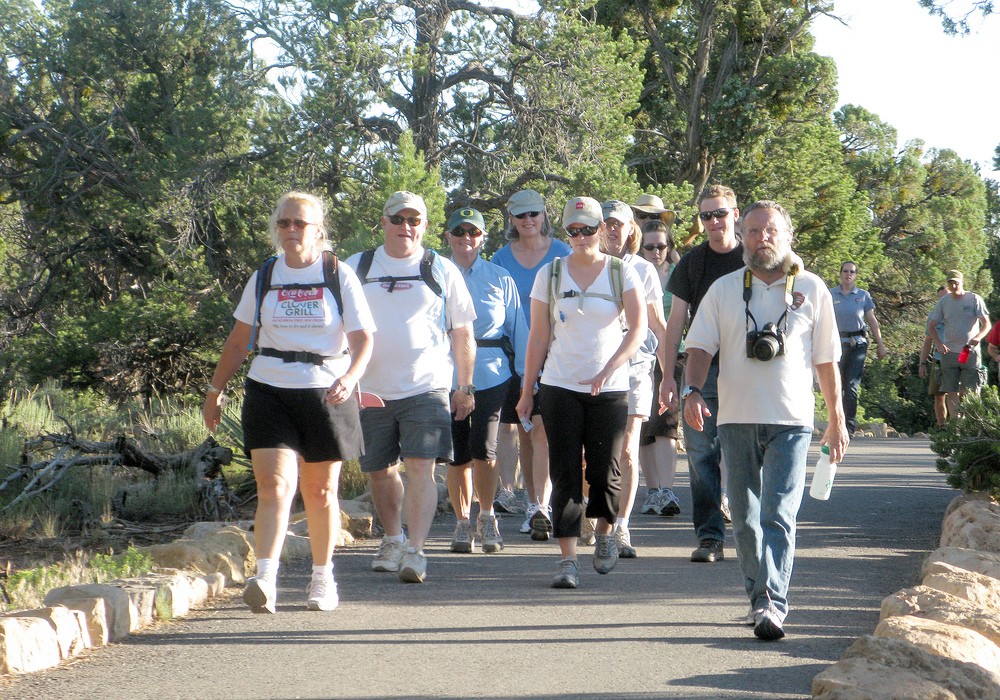
Tips to prevent neurodegeneration
Neuronal death occurs naturally as we grow old. The trick here is trying to keep alive as many neurons as we can and avoid neuronal damage to start at an early age. Three main preventive activities will keep your brain healthy for a long time. Starting with a balanced diet, then some exercise and finally, keep your brain busy. You can also visit your doctor regularly, just to have a check-up and identify any symptoms worth noticing. Even though many of these diseases are inherited and can’t be prevented, it is important to keep our brain up and running.
- Important notification about information and brand names used in this slideshow!
- Photo courtesy of Grand Canyon National Park by Flickr : www.flickr.com/photos/grand_canyon_nps/8136464735/
- GAUTHIER, S., WU, L., ROSA-NETO, P. & JIA, J. 2012. Prevention strategies for Alzheimer's disease. Transl Neurodegener, 1, 13.


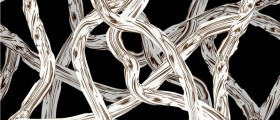



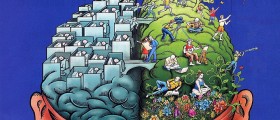

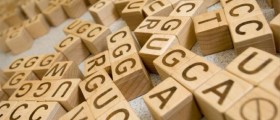

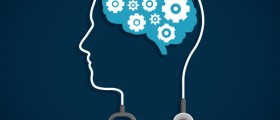
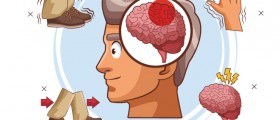
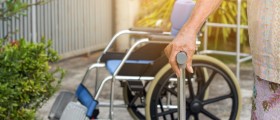
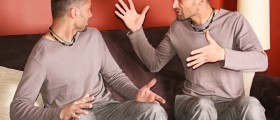
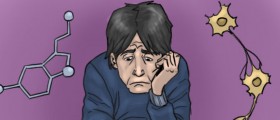
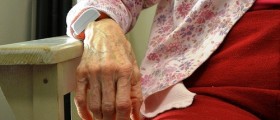
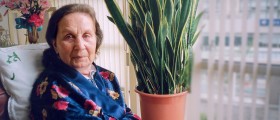
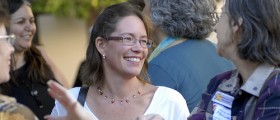

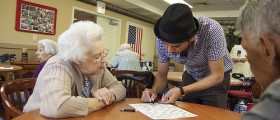
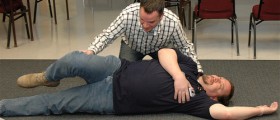
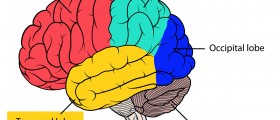
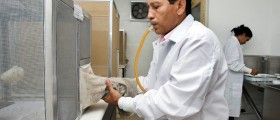
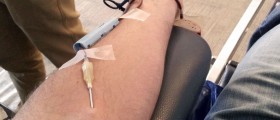


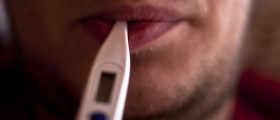
Your thoughts on this
Loading...